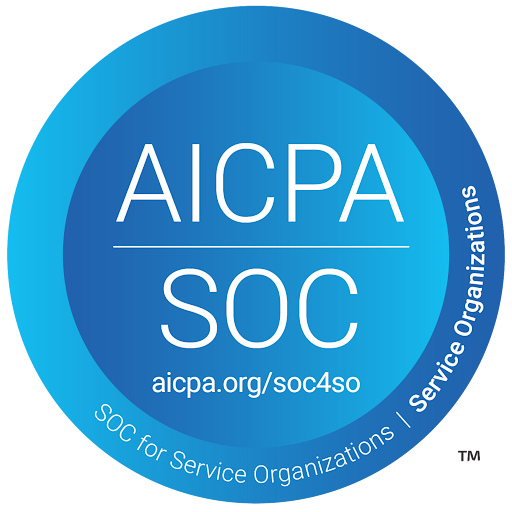Compliance

SOC 2 Type 2
HIPAA
CCPA
Monitoring
Resources
If you would like to report a vulnerability, please contact [email protected] with a proof of concept, list of tools used, and the output of the tools. Once received, EvenUp will work quickly to reproduce each vulnerability to verify its status before taking the steps needed to address it.
SOC 2 Type 2
HIPAA
CCPA
Vulnerability Disclosure
To report a vulnerability, contact [email protected] with a proof of concept, list of tools used, and the output of the tools. Once received, EvenUp will work quickly to reproduce each vulnerability to verify its status before taking the steps needed to address it. Exclusions When reporting vulnerabilities, please consider (i) attack scenario / exploitability, and (ii) security impact of the bug. The following issues are considered out of scope: (1) Clickjacking on pages with no sensitive actions (2) Cross-Site Request Forgery (CSRF) on unauthenticated forms or forms with no sensitive actions (3) Attacks requiring MITM or physical access to a user's device. (4) Previously known vulnerable libraries without a working Proof of Concept. (5) Comma Separated Values (CSV) injection without demonstrating a vulnerability. (6) Missing best practices in SSL/TLS configuration. (7) Any activity that could lead to the disruption of our service (DoS). (8) Content spoofing and text injection issues without showing an attack vector/without being able to modify HTML/CSS (9) Attempting to compromise our endpoints by brute forcing. (10) Missing best practices in Content Security Policy. (11) Missing HttpOnly or Secure flags on cookies (12) Missing email best practices (Invalid, incomplete or missing SPF/DKIM/DMARC records, etc.) (13) Vulnerabilities only affecting users of outdated or unpatched browsers [Less than 2 versions behind latest] (14) Software version disclosure / Banner identification issues / Descriptive error messages or headers (15) Public Zero-day vulnerabilities that have had an official patch for less than 1 month (16) Tabnabbing (17) Open redirect - unless an additional security impact can be demonstrated (18) Issues that require unlikely user interaction
